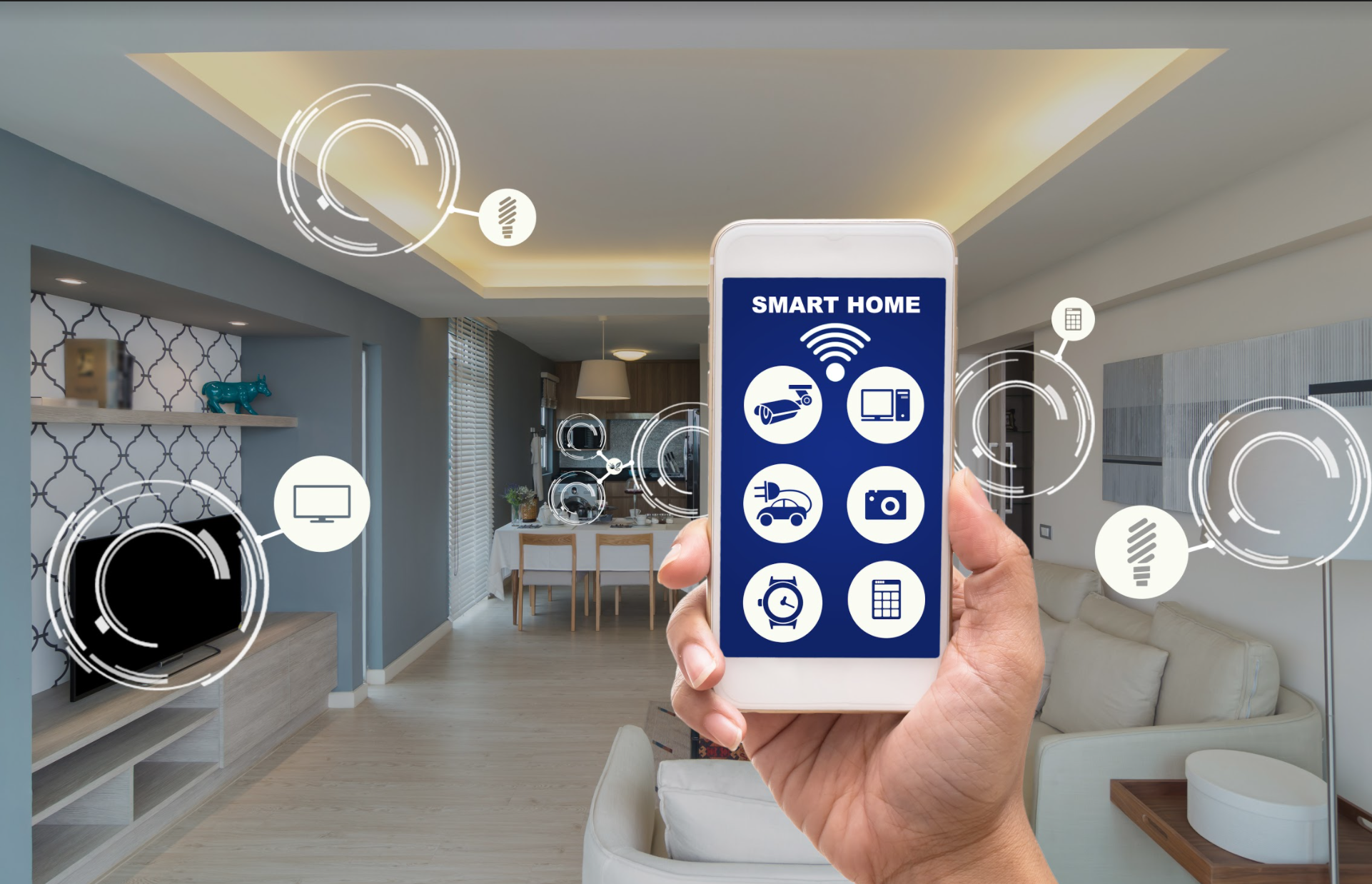Tech Tips
How To Use Google Messages On Linux

How To Use Google Messages On Linux
If you use an Android phone, you most likely use Google Messages to send and receive text messages on your device. However, are you aware that you can also access Messages from your PC and chat with your contacts while you work? Well, the answer is yes, thanks to the phone pairing feature on Messages.
If you don’t know how to get it on your Linux desktop, be aware that it is very much possible using Google Messages for Desktop and Messages for Web. See How To Use Google Messages On Linux.
Google Messages For Desktop Vs Messages For Web:
Even if both Google Messages for Desktop and Messages for Web allow you to view and reply to your conversations on Google Messages, there are differences and benefits to each of them. Messages for Web is Google’s official web client for Messages that allows you to access your Google Messages chats on your Linux desktop using a web browser. No installation is necessary, so it is simple to get started.
On the other hand, Google Messages for Desktop is a non-official native Messages client for Linux. It installs on your Linux desktop and runs independently of the web browser.
In addition to that, being a desktop client, Google Messages for Desktop can use system notifications more effectively to send you notifications regularly. While the web client also sends you notifications, you might sometimes receive delayed alerts or no alerts at all.
1. Messages For Web:
This is Google’s official solution to put Messages on a desktop. It can be accessed from any web browser on any operating system, including Linux, macOS, or Windows, and you can get it to work quickly without having to install anything.
- Before anything else, ensure you are running the latest version of Messages on your Android device. You can confirm if a fresh update is available on the Play Store. After that, launch your favorite web browser on your Linux machine and head to messages.google.com/web.
- Go back to your Android device and ensure you are connected to the internet. After that, launch the Messages app, tap the ellipsis button in the upper-right corner, and choose Device Pairing from the menu options. Click on the QR Code Scanner on the following screen.
- Now, point your device’s camera to the QR code seen on the Messages for Web website on your desktop. As soon as your phone scans this code, it will pair with the Messages web client and all conversations will sync smoothly.
- Messages for Web will prompt you with a Show Notifications pop-up. Tap “Allow” to begin to receive notifications for incoming messages.
- Also, it will give you an option to remember this PC and keep it paired to your smartphone, even when you close the tab. Tap Yes or No Thanks here, it depends on what your choice is.
- As soon as the setup is complete, you can begin to exchange messages with your contacts from the web client. In fact, not just SMSes, you can also send emojis, stickers, GIFs, and even attach media in your conversations.
How To Use Google Messages On Linux
2. Google Messages For Desktop:
Google Messages for Desktop is a Nativefier application that turns Messages for Web into a desktop client for your Linux computer. It is a tool that lets you create a desktop app from any website and it works by generating an Electron wrapper according to the supplied URL of the site, which can then be assigned a shortcut on your desktop for fast access.
Even if you can generate this wrapper for Google Messages on your own, there is one available on GitHub, named Google Messages for Desktop. See how to use it on your Linux machine:
- Before anything else, use this link to download the latest version of Google Messages for Desktop on your computer.
- Open a terminal and use the cd and ls commands to head to Downloads or any other directory where you’ve downloaded the file.
- After that, enter the unzip google-message-linux_v*.zip command to unzip the downloaded file.
- Head to the extracted directory using the cd Linux command.
- As soon as you are within the directory, head again into the cd GoogleMessages-Linux-x64 directory.
- Now, run the sudo chmod +x GoogleMessages command to give Google Messages execute permissions.
- When you are asked for a password, type it in to proceed.
- Lastly, run Google Messages using the ./GoogleMessages command.
As soon as Messages is up and running, you will have to set it up before you can begin to send and receive messages. To make this happen, head to your device and launch the Messages app.
Tap on the ellipsis icon in the top-right corner and select Device Pairing. Now, point your phone’s camera to the QR code displayed on the Messages desktop client on your machine.
Google Messages will now sync and reveal all your conversations from the mobile app to the desktop client. And you need to be able to send and receive text messages with your contacts right from the Messages app on your Linux desktop.
Every other Message option like dark mode, spam & blocked e.t.c are available under the ellipsis menu, just like they were on the Messages web client.
How To Use Google Messages On Linux
Send And Receive Text Messages From Your Desktop:
Being able to send and receive SMSes from your desktop is a good functionality that gets rid of the stress that comes with jumping back and forth between your mobile phone and computer.
Using any of the methods listed above, users will not be able to use Messages on their Linux computer and communicate with their contacts seamlessly. Both the web client and desktop client work smoothly and your SMSes will be synced between your devices most of the time without any hassle.
Also, if you like texting from your desktop, there are other messaging applications that will make that happen.
How To Use Google Messages On Linux
More Information On Linux:
Linux is a family of open-source Unix-like operating systems based on the Linux kernel, an operating system kernel first released on September 17, 1991, by Linus Torvalds. Linux is typically packaged in a Linux distribution.
Distributions include the Linux kernel and supporting system software and libraries, many of which are provided by the GNU Project. Many Linux distributions use the word “Linux” in their name, but the Free Software Foundation uses the name “GNU/Linux” to emphasize the importance of GNU software, causing some controversy.
Popular Linux distributions include Debian, Fedora Linux, and Ubuntu. Commercial distributions include Red Hat Enterprise Linux and SUSE Linux Enterprise. Desktop Linux distributions include a windowing system such as X11 or Wayland and a desktop environment such as GNOME or KDE Plasma. Distributions intended for servers may omit graphics altogether or include a solution stack such as LAMP. Because Linux is freely redistributable, anyone may create a distribution for any purpose.
Linux is one of the most prominent examples of free and open-source software collaboration. The source code may be used, modified, and distributed commercially or non-commercially by anyone under the terms of its respective licenses, such as the GNU General Public License.
Thanks for reading How To Use Google Messages On Linux. You can click to read about Non-Fungible Tokens (NFT): Everything You Need To Know Here respectively.
Don’t Forget To Like, Comment, and Share with your friends.











